The building that houses Yaskawa UK was constructed in 1940 and was originally used to manufacture munitions for the war effort. Since then, little effort has been made to improve the insulation or fabric of the building; today it still wears the original brickwork and tin cladded roofs of 1940. With high ceilings and large roller shutter doors, high leak rates and many air changes per hour present a challenge in heating such a building. The area to be heated is 12m x 18m x 8m (39ft x 59ft x 26ft).
BUILDING CHARACTERISTICS:
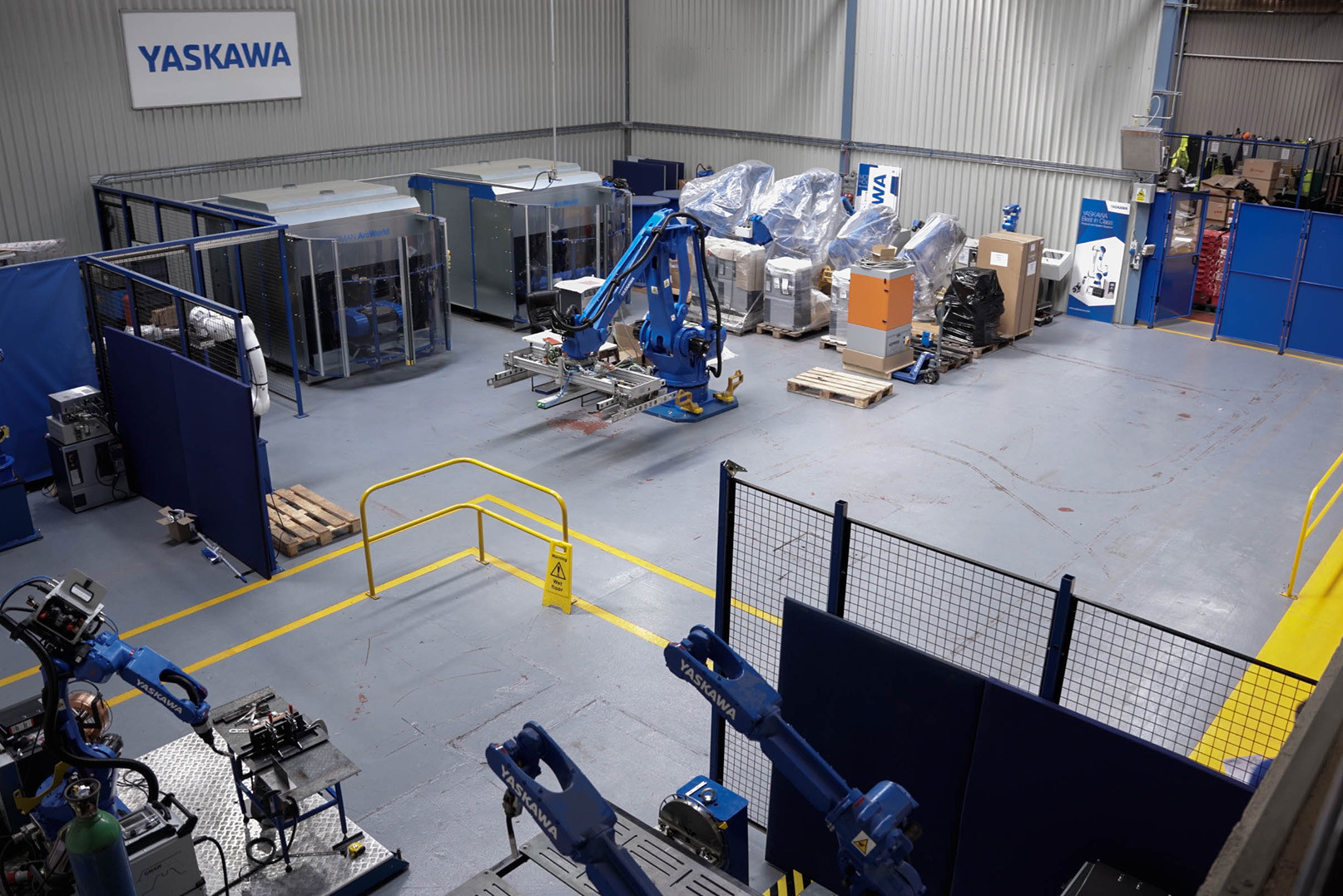
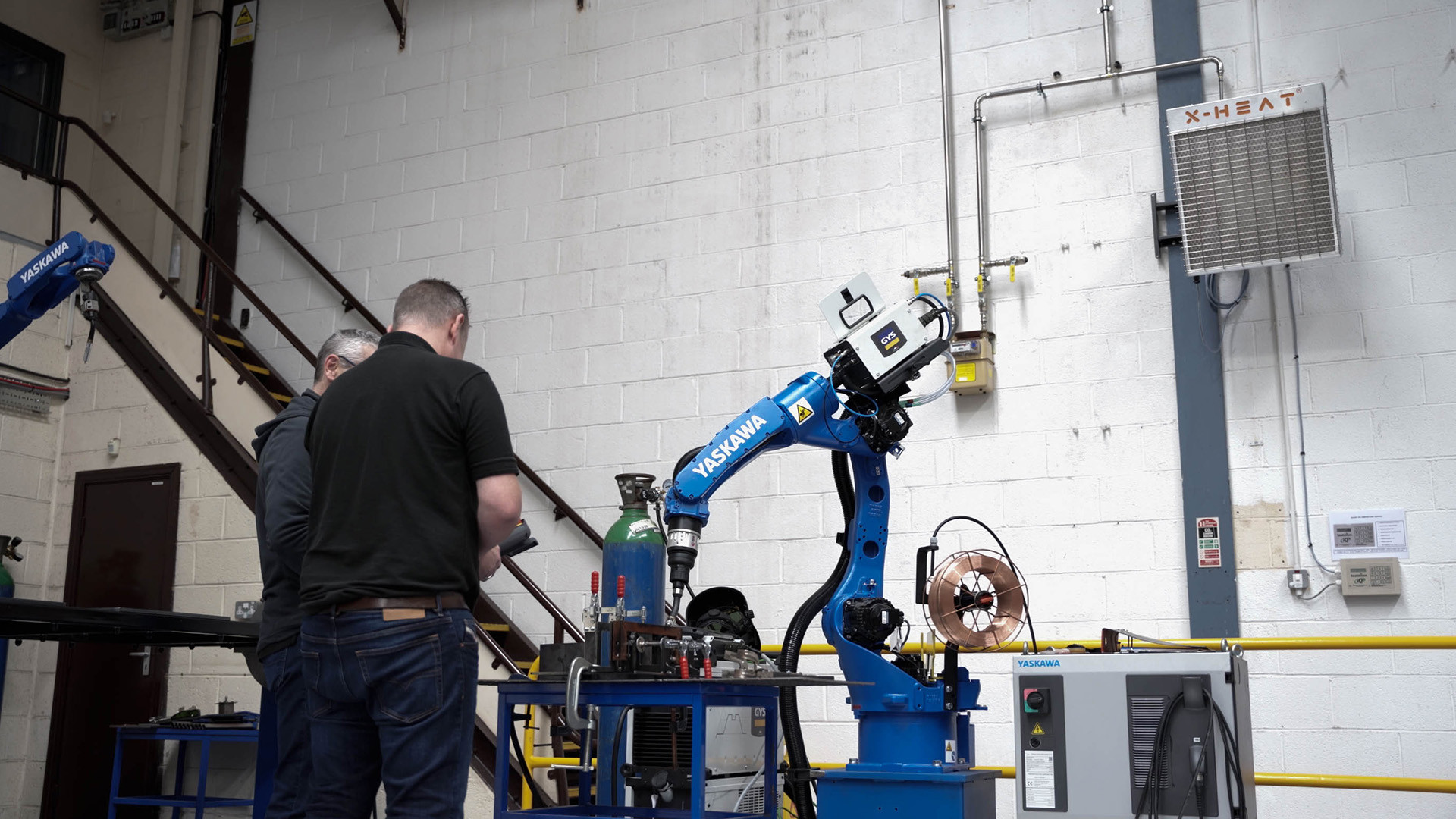
THE PROBLEM
The current heating system is made up of two conventional gas-fired burners with a total heat output of 166kWh. The first gas-fired burner is suspended from the ceiling at a height of 5 metres from the floor, has a 116kWh heat output, and operates on natural gas. The second gas-fired burner is a portable hot air blower which is used to provide extra background spot heating and has a 50kWh heat output. It operates on liquefied propane gas (LPG).
Due to high heat output, conventional gas heaters are located 5 metres from the floor. This is to prevent nearby operators from suffering from hot-headedness, a symptom that causes nausea and dizziness if an individual is exposed to an intense heat source for a period of time. High levels of noise can be dangerous if operators are working on machinery that requires vocal communication or instructions for safe working conditions. Exposure to noise pollution over prolonged periods of time may have negative health effects.
The hot air blower requires a continuous electrical supply in order to operate, which means that the blower must be connected to the mains. In addition, fuel for the appliance must be supplied from a separate gas cylinder, creating yet another potential hazard within the working environment. The combustion processes of these two types of burners produce convectional heat, which means hot air that rises. This process requires the appliances to operate longer in order to heat up the ambient air and bring the building envelope up to thermal equilibrium.
The natural byproducts of combustion are carbon monoxide and nitrous oxide emissions. Carbon monoxide is produced by incomplete combustion and can cause carbon deposits to build up on the burner or poor air supply due to a poorly serviced or maintained heating unit.
Nitrous oxide emissions are produced when combustion occurs at high temperatures. Both of these appliances produce high levels of carbon monoxide and nitrous oxide emissions, the ceiling suspended conventional gas-fired burner exhausts its emissions to the outside along with extremely high flue temperatures also known as waste heat. The portable gas-fired hot air blower exhausts its emissions directly into the working environment, which requires proper ventilation.
THE SOLUTION:
Yaskawa UK came to X-Heat looking for a heating system that could provide silent, clean low-level warmth and also match the high-end look and feel of the robotics and AI industry they operate in. X-Heat designed a zonal space heating system that can be newly installed or retrofitted into various applications—whether your building is poorly insulated, a new build, or has high ceilings—our product can overcome all these issues to provide low-cost, low-carbon heat where and when needed.
Nano-Heat is a 10 kW gas-powered infrared heater that uses hydrocarbon fuels. The benefit of producing infrared heat is reducing thermal losses to the surrounding ambient air, focusing all of its energy on heating people and eliminating waste heat. Each unit provides warmth to an area of 45 square metres, consuming 0.95 cubic metres of natural gas per hour.
In addition, due to the combustion process, Nano-Heat eliminates the formation of carbon monoxide with a fuel-to-heat ratio of 99%. It can operate on both natural gas and liquefied petroleum gas (LPG) without the need for trailing leads. We also achieve a complete elimination of nitrous oxides because of the low-intensity heat generated by X-Heat technology; meaning Yaskawa can now work in a clean/safe environment.
Yaskawa UK's new installation delivers heat to different parts of the factory to suit their process. X-Heat installed four Nano-Heat units, two of which have articulated arms that can provide heat for a 180° range. This innovative solution reduces the number of heaters running at once, resulting in greater overall energy savings.
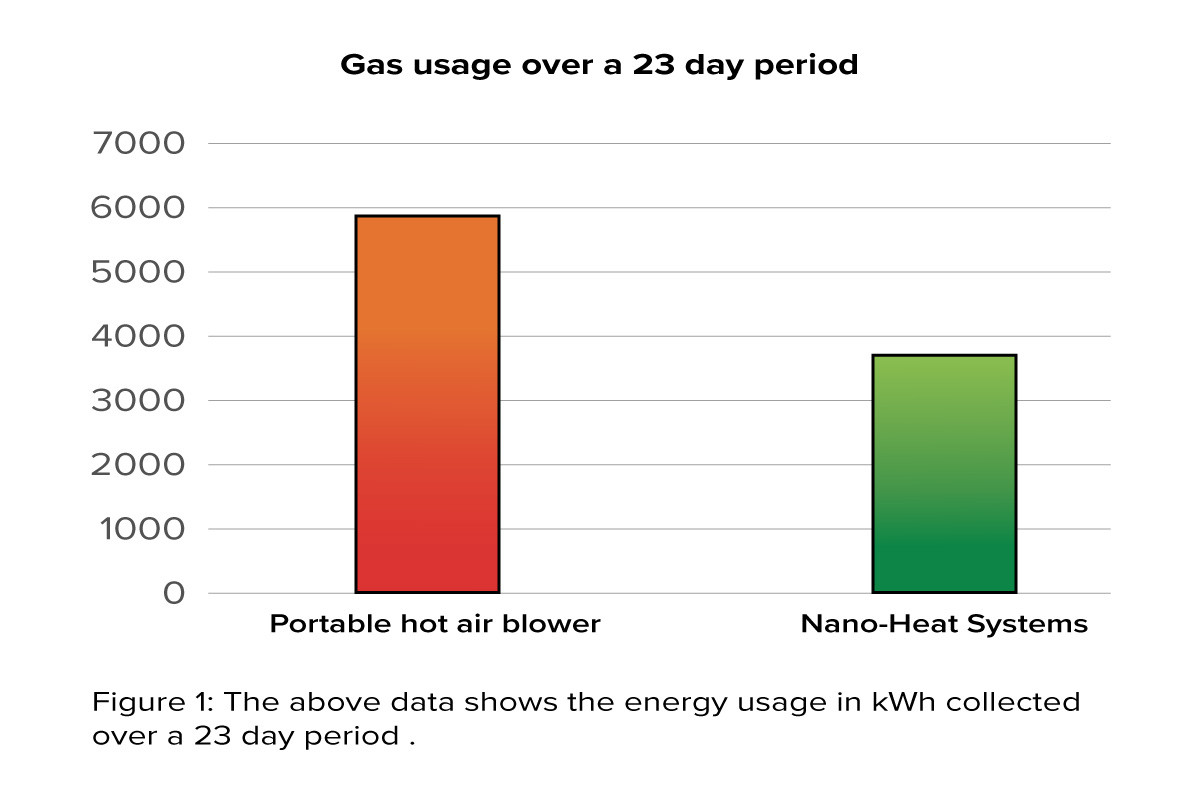
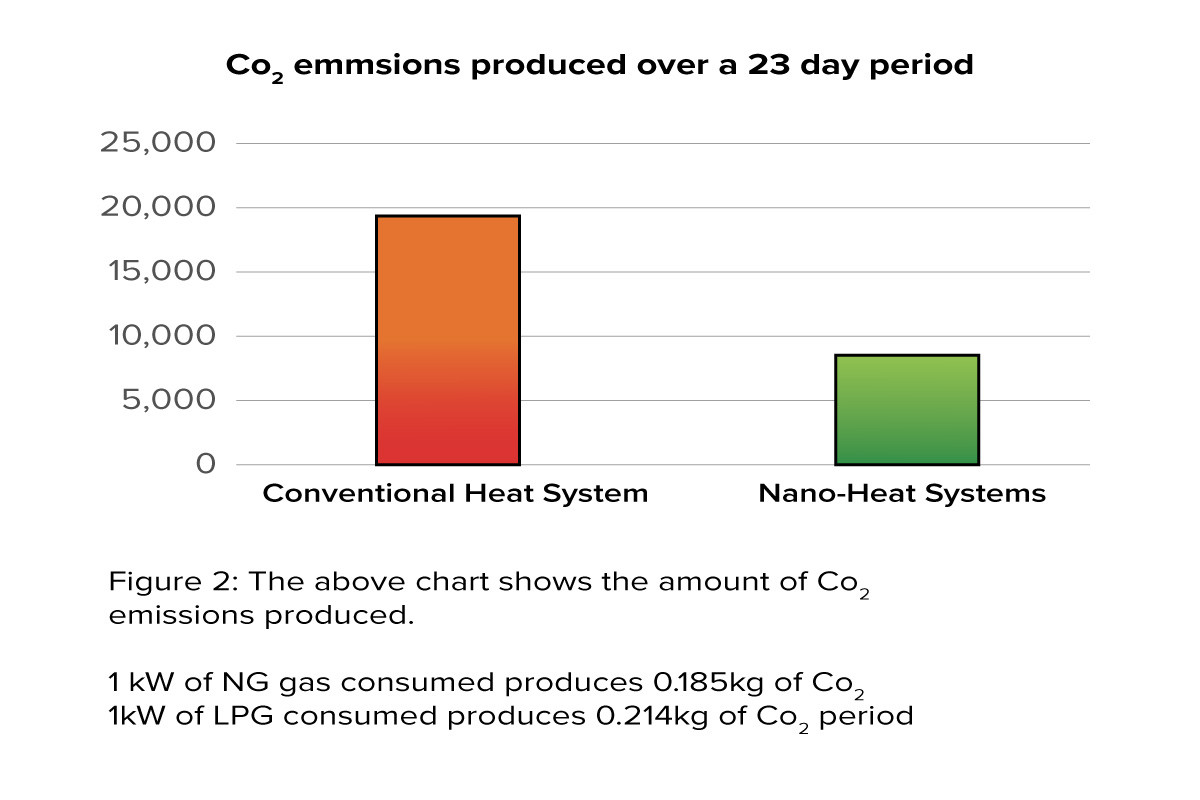
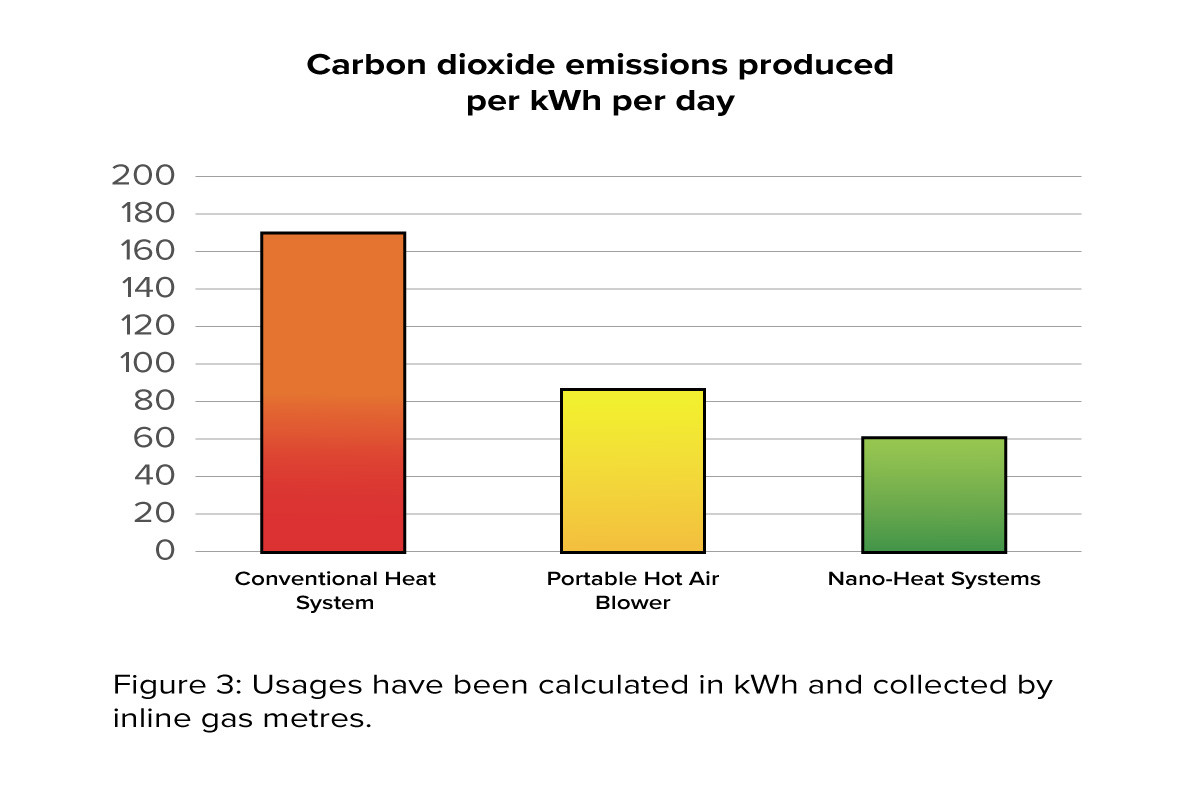
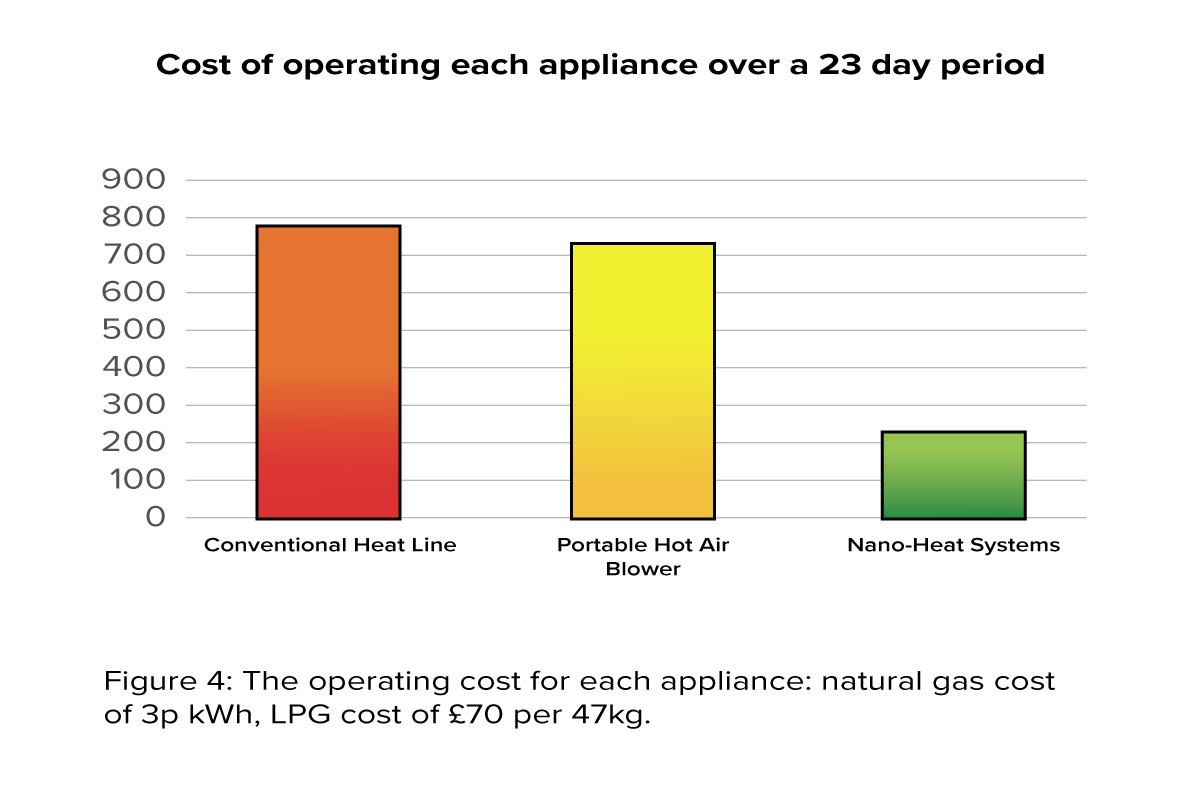
ANALYSES:
The portable gas burner consumed an average of one 47-kilogram bottle of liquefied petroleum gas (LPG) every 2.5 days. A gas metre was installed on the conventional heating system to measure the consumption accurately. The same method was applied to collect data for the nano-heating system.
Client Testimonial
“I would strongly recommend X-Heat’s units and services to anyone else, it’s been a huge advantage and actually saved money as well, so that’s a bonus.”
- Barry Dunn, Project Manager, Yaskawa UK
Gallery
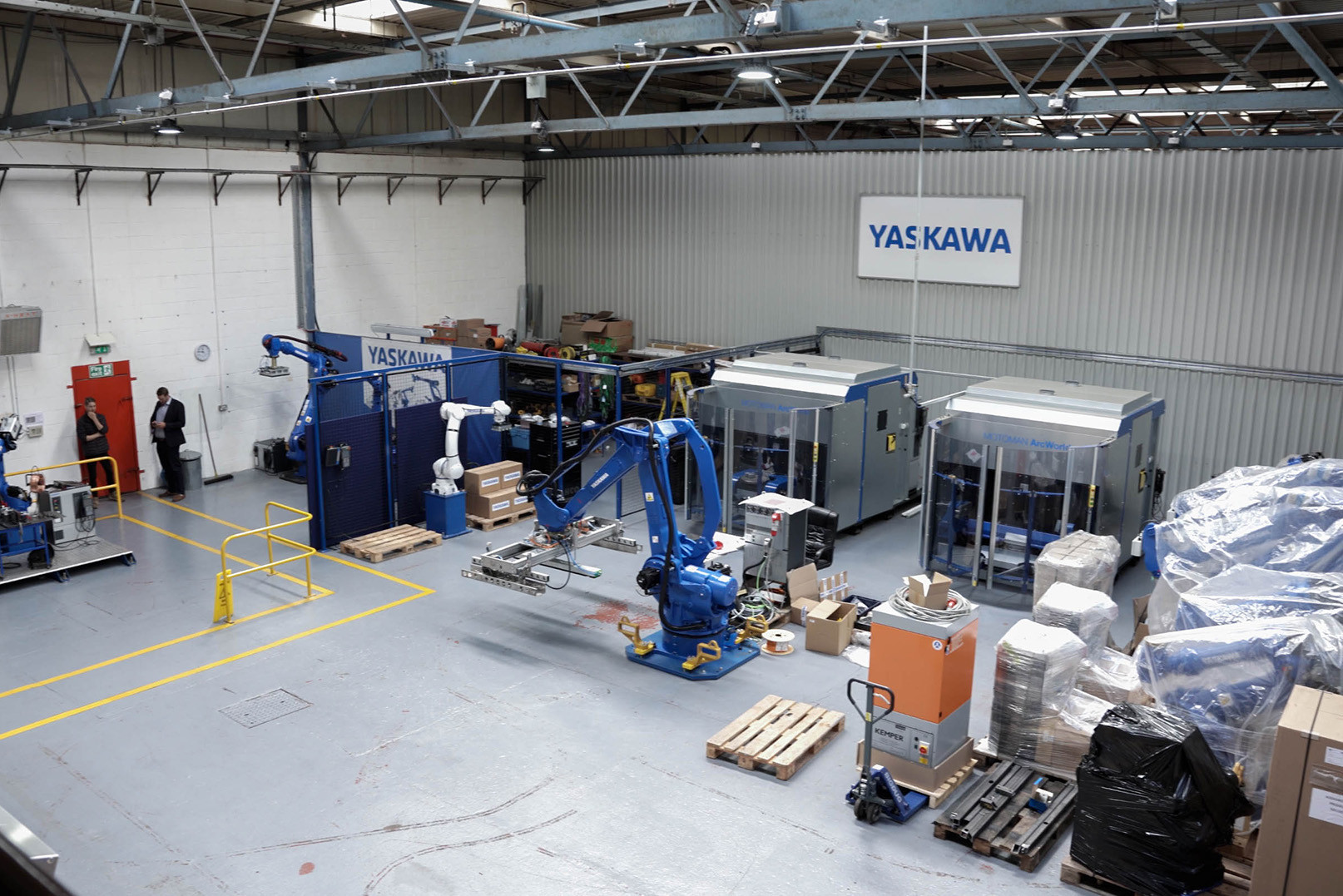
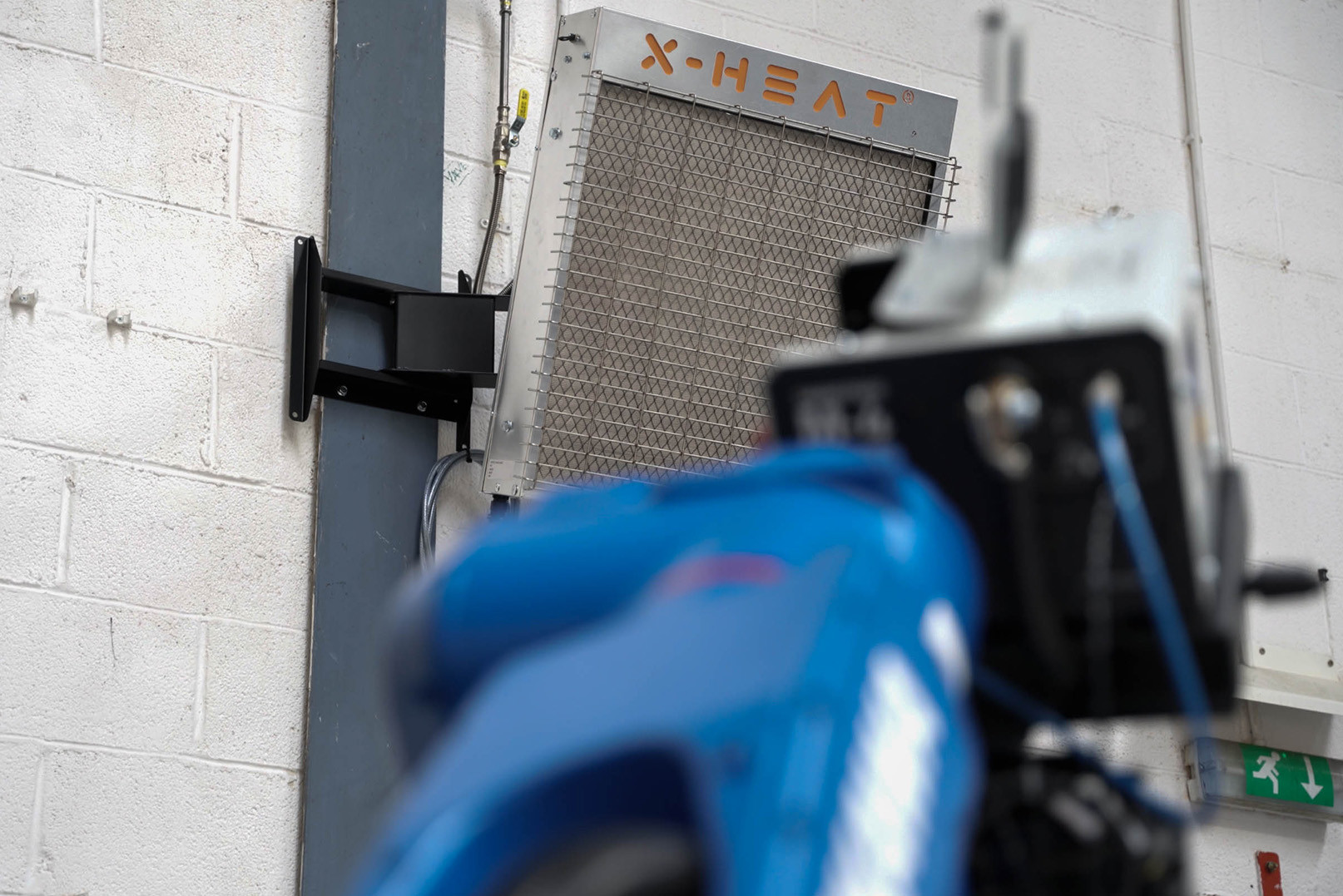
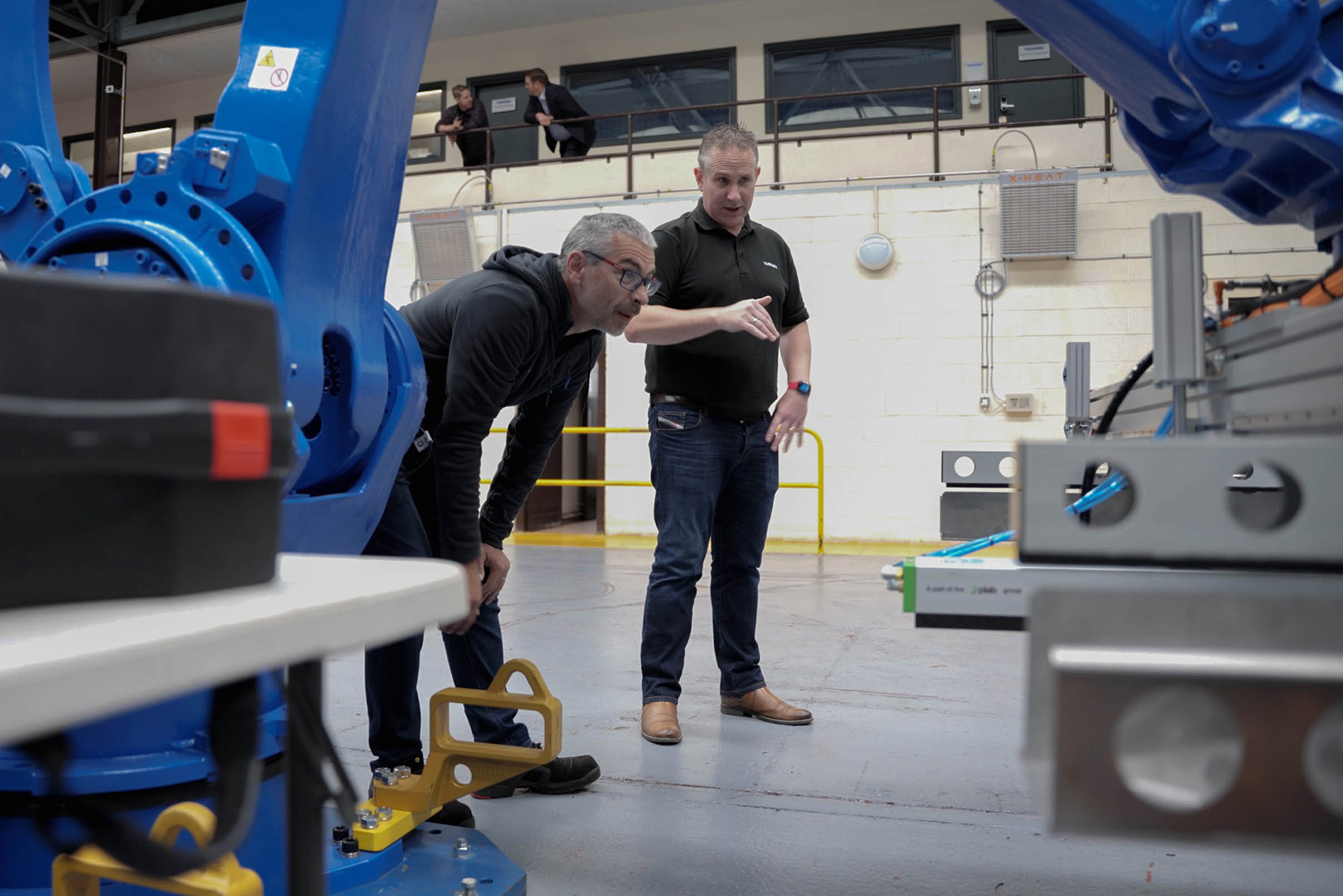
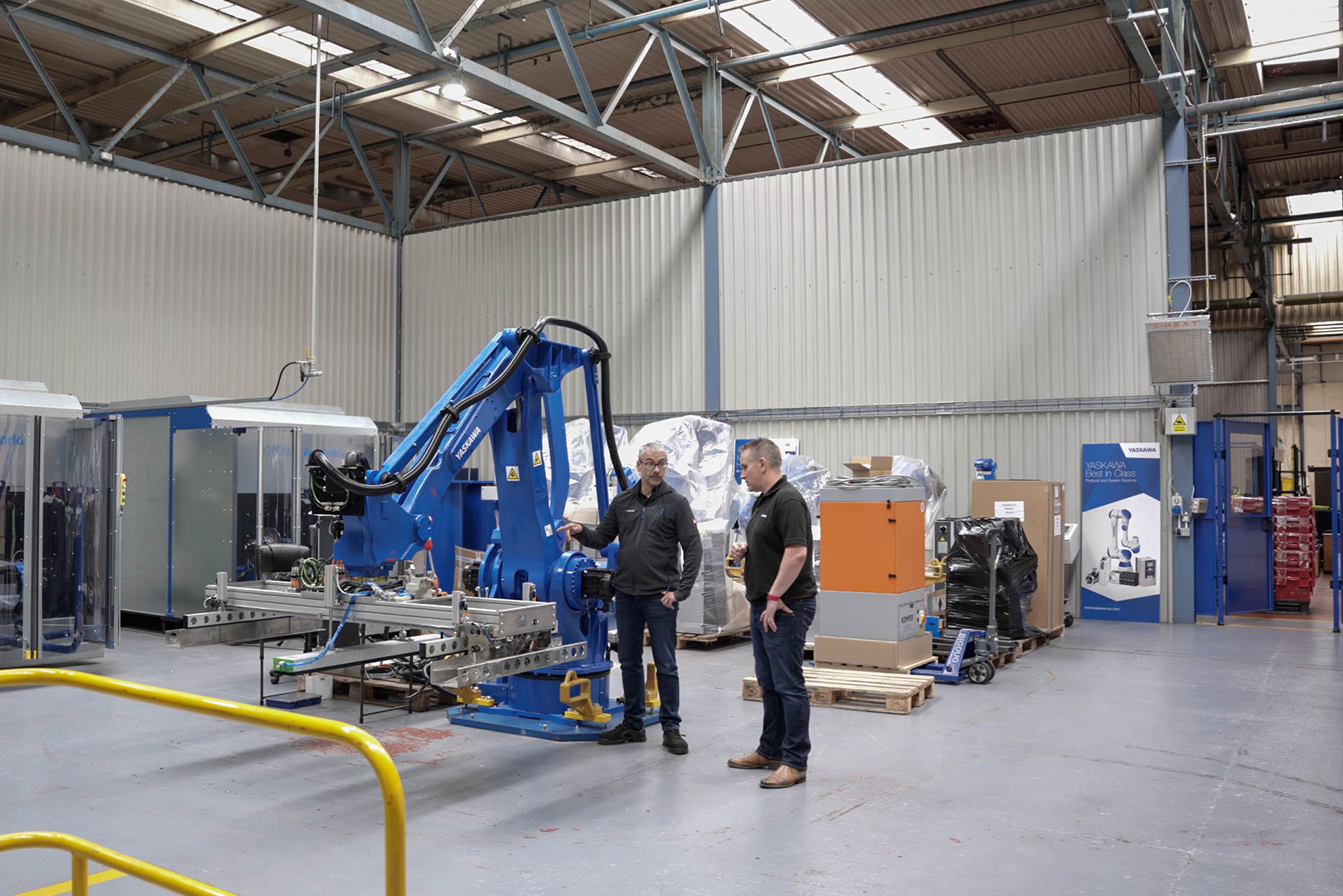



.jpeg)



